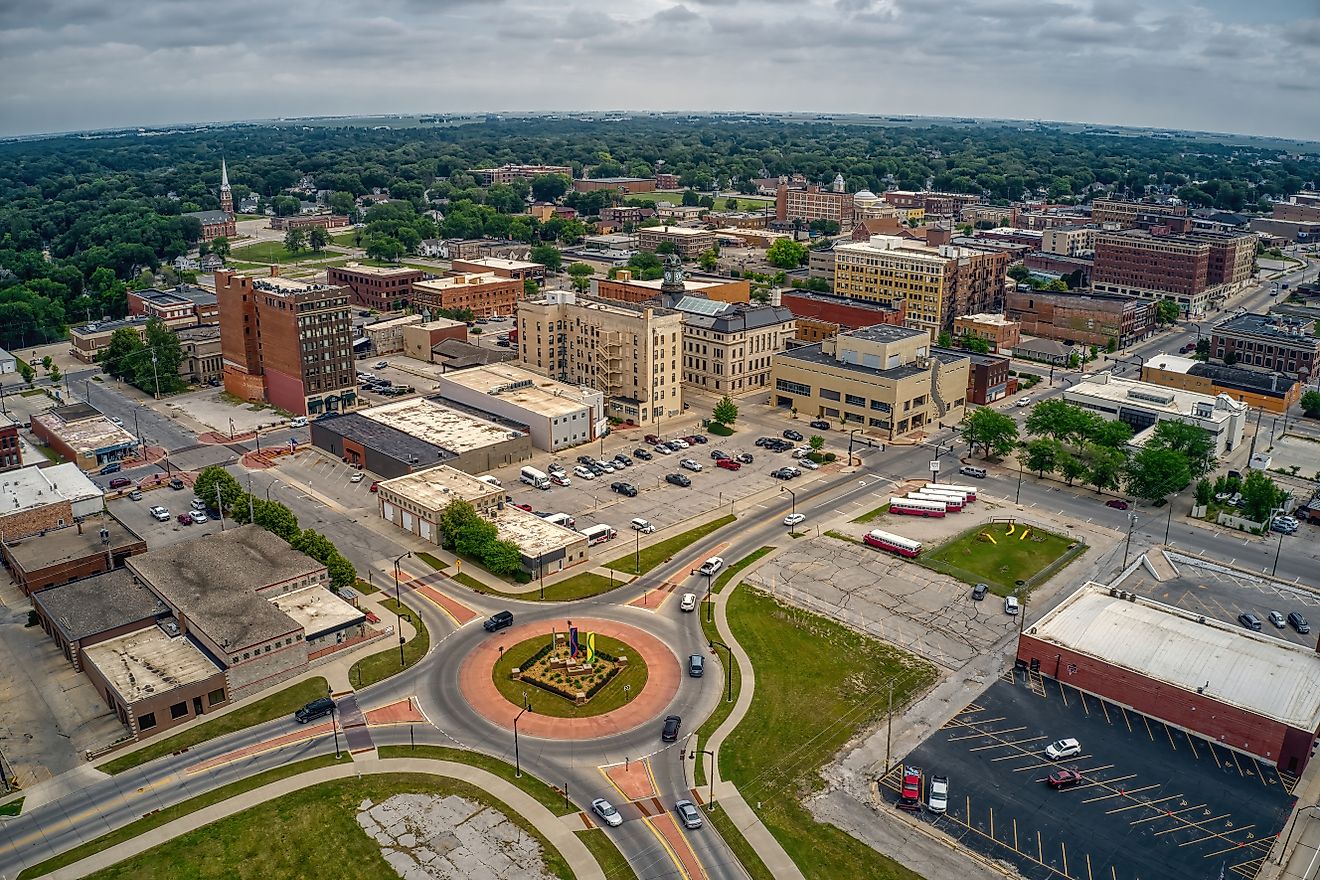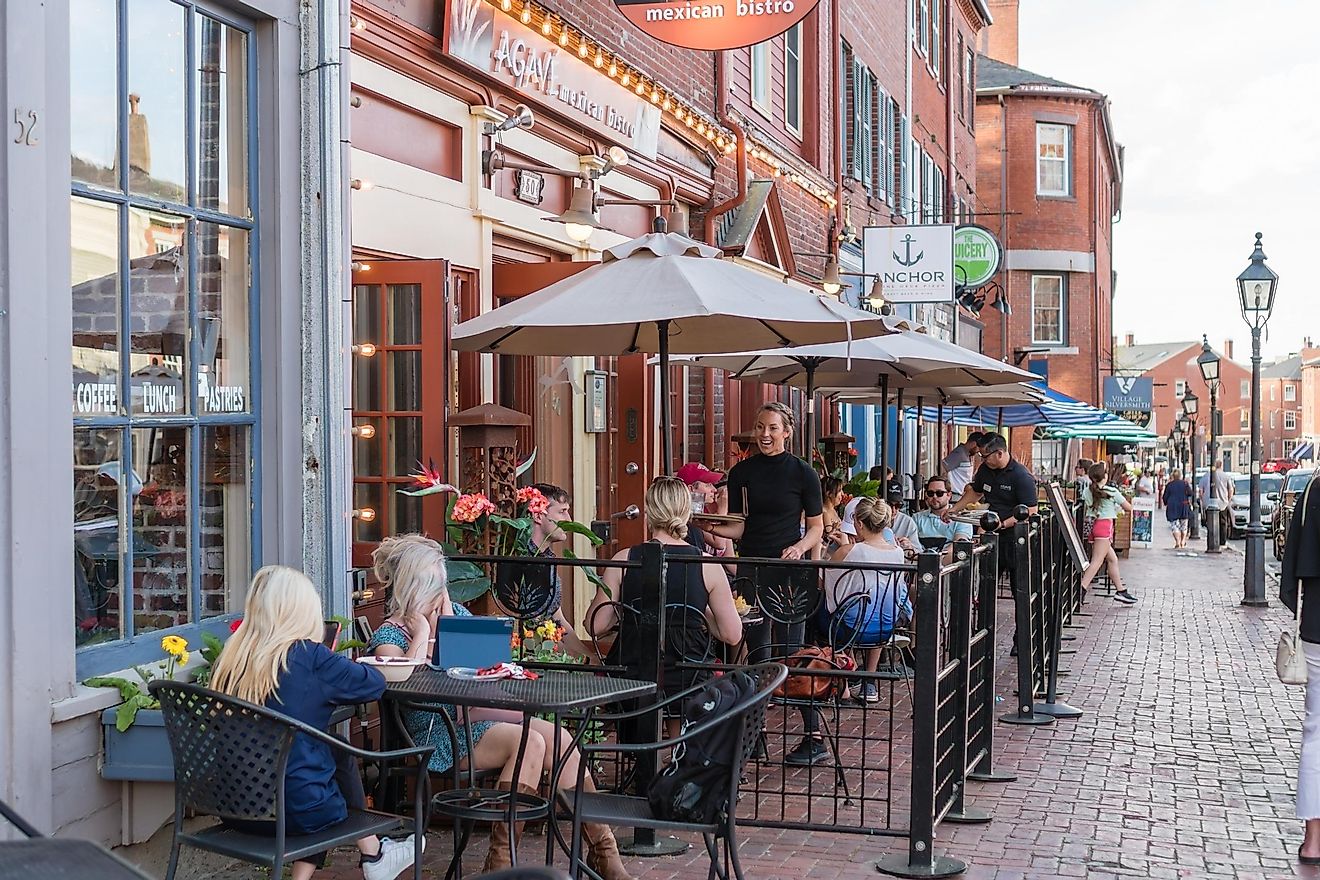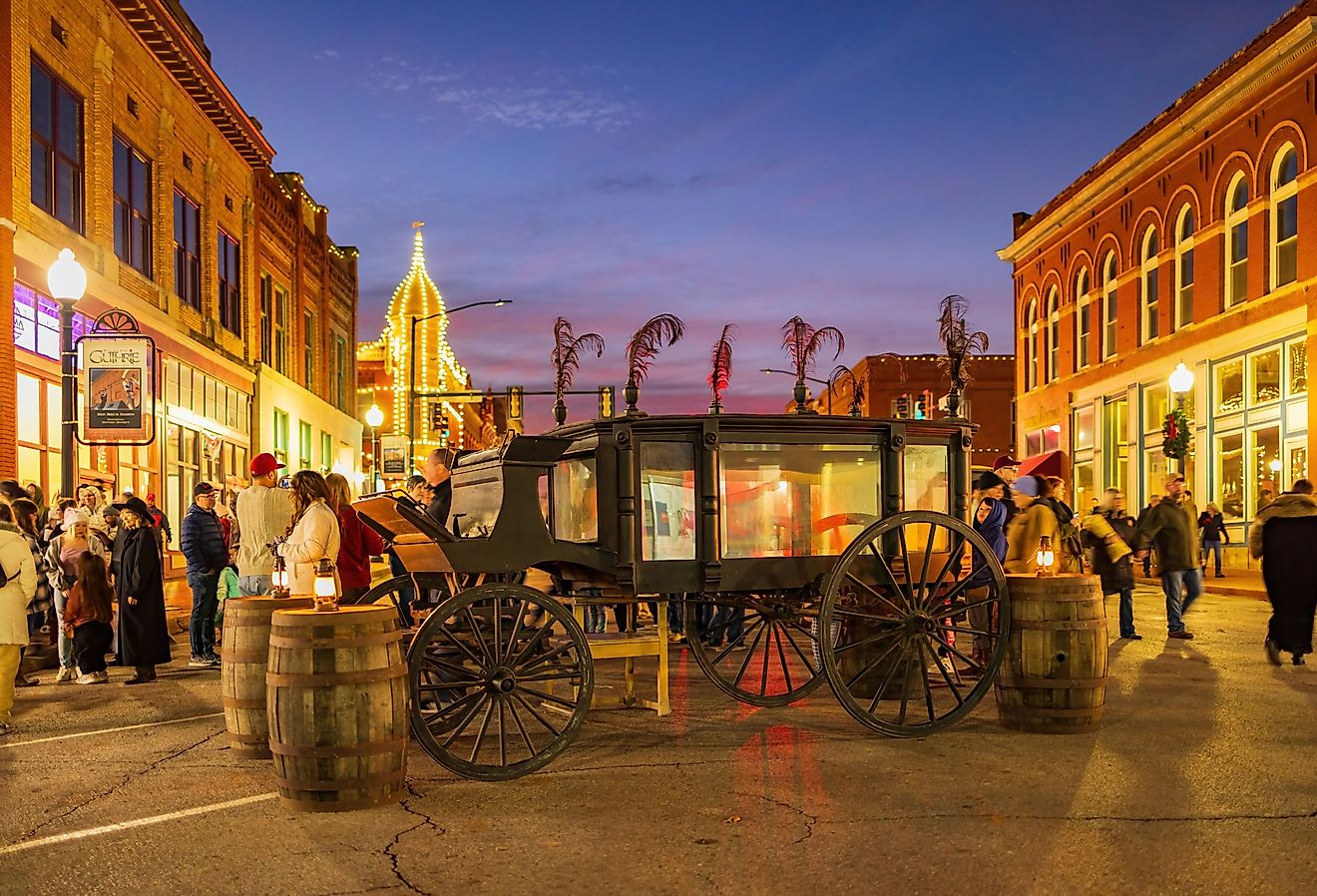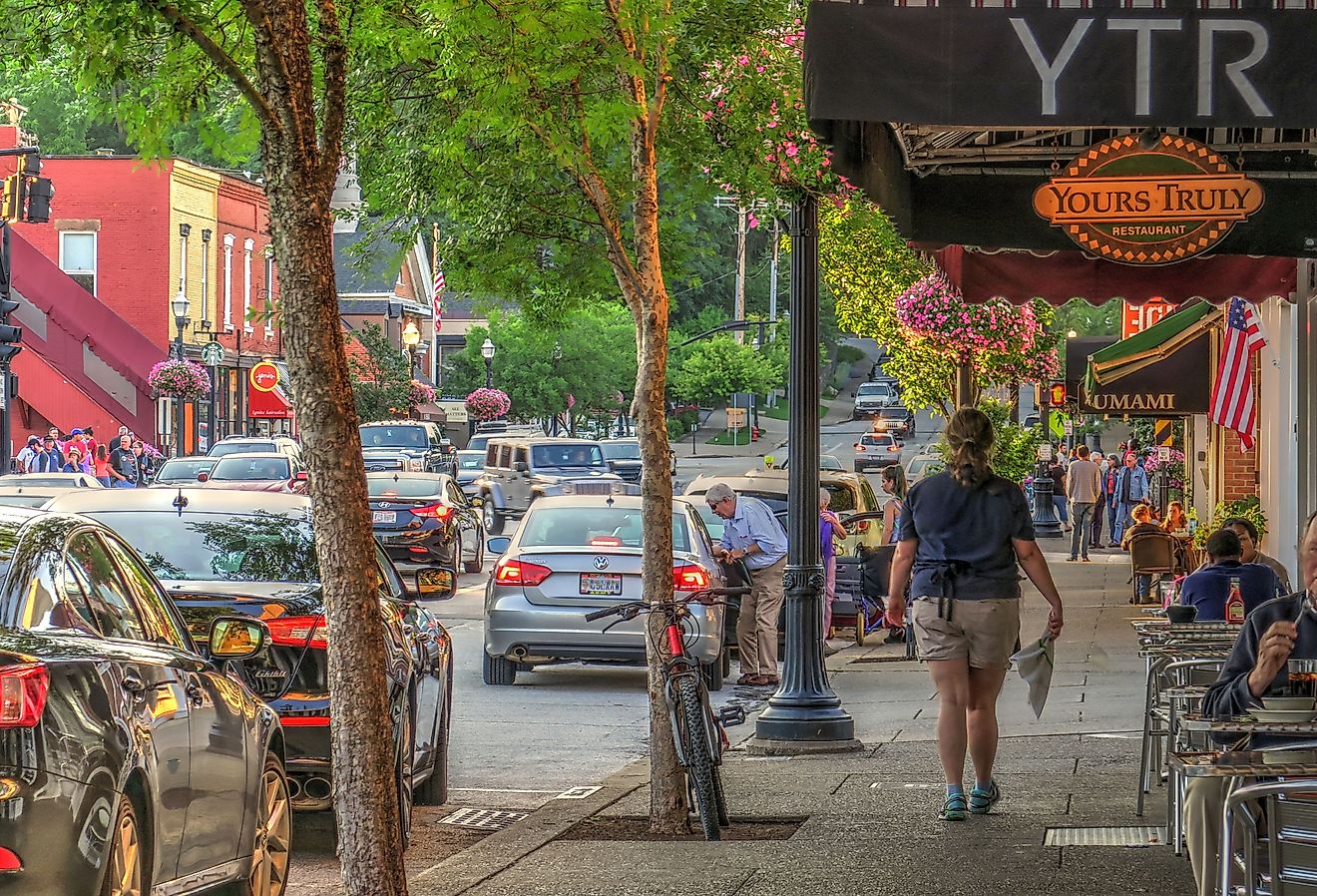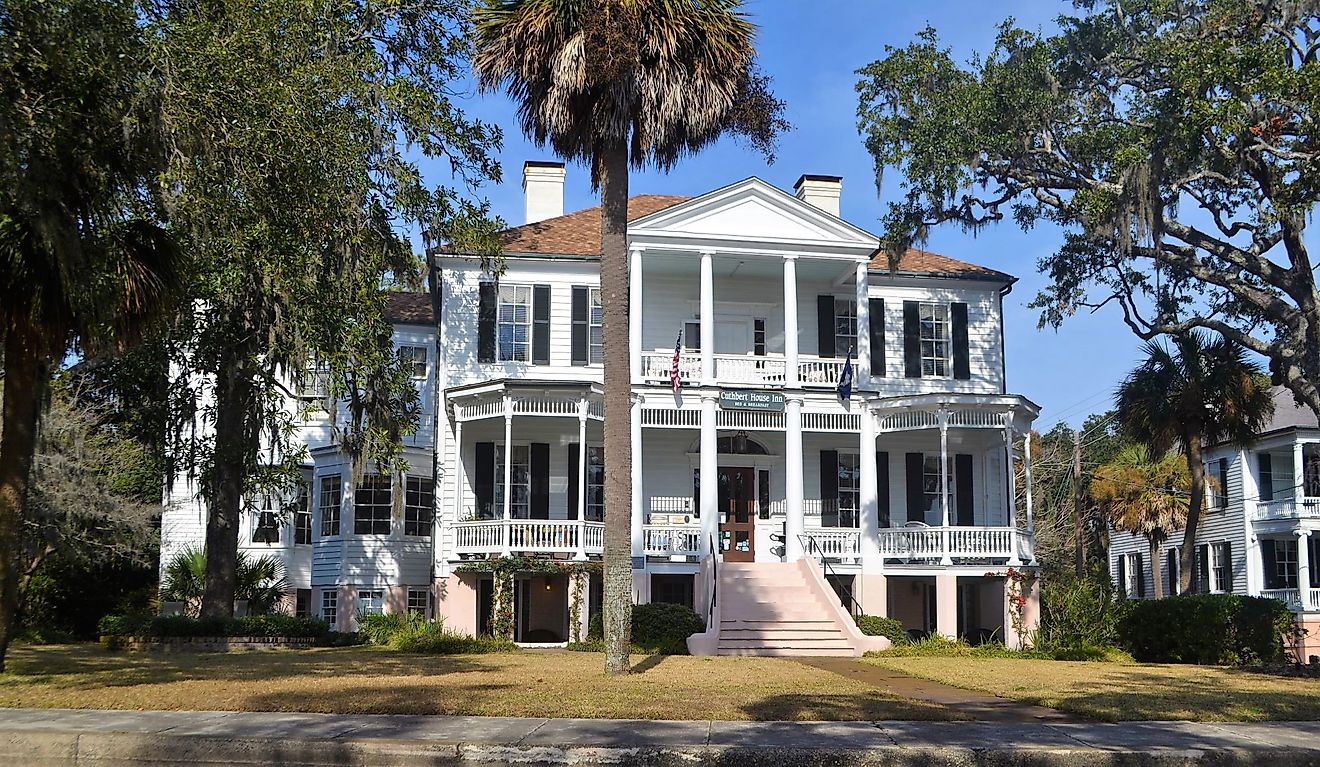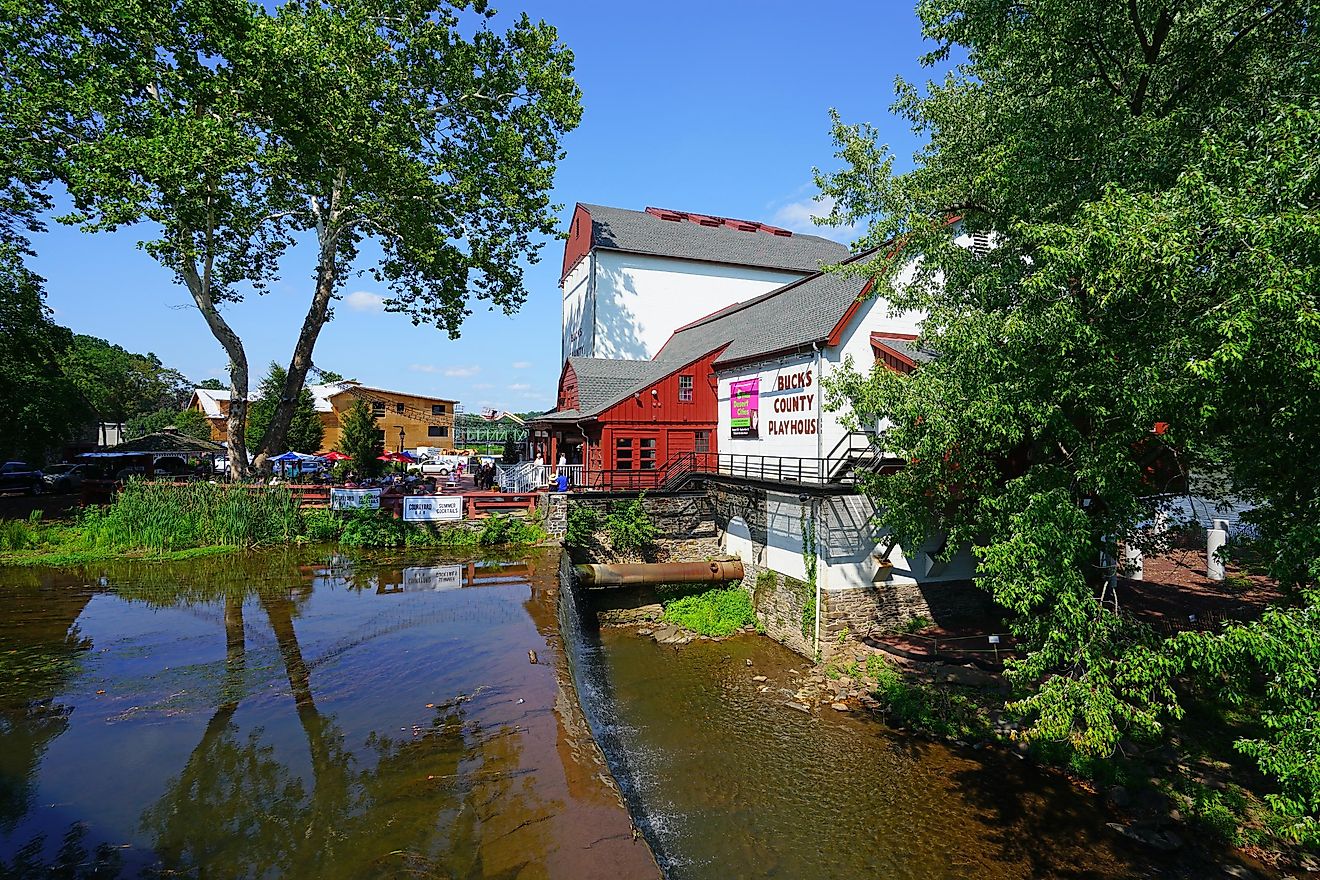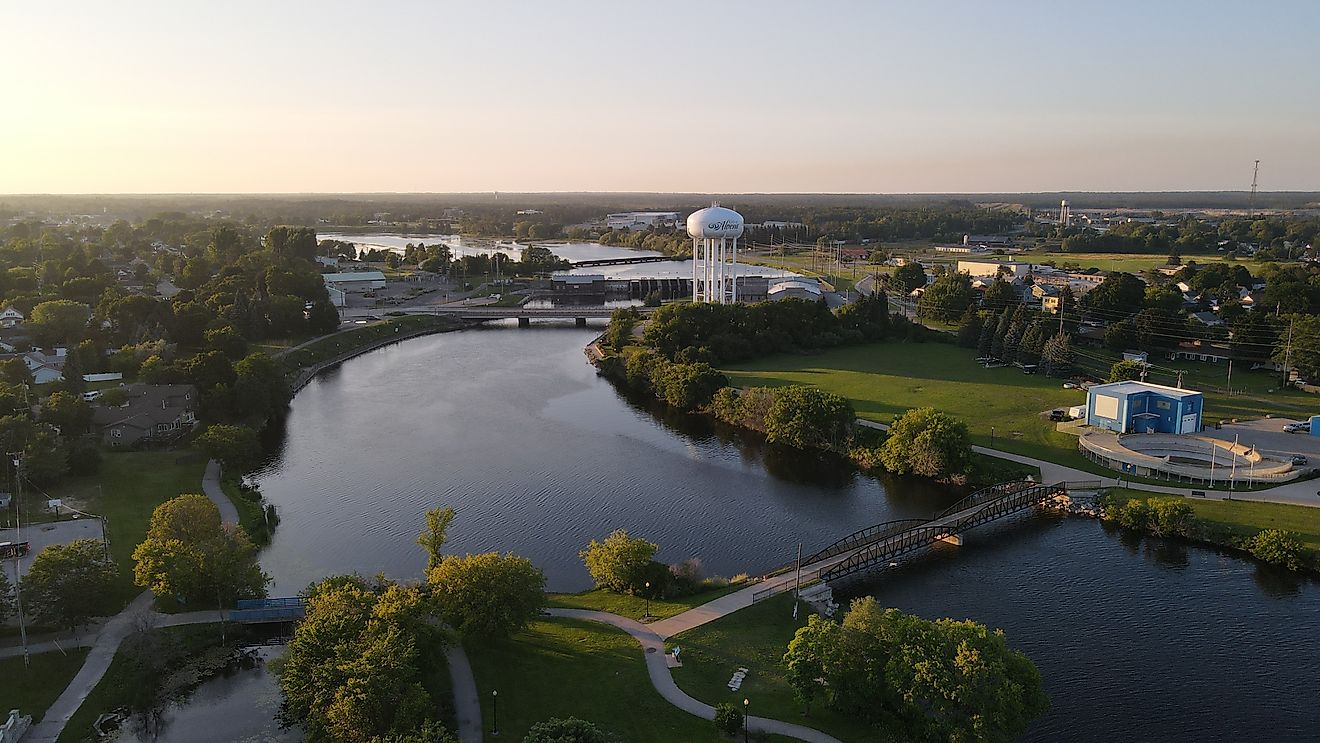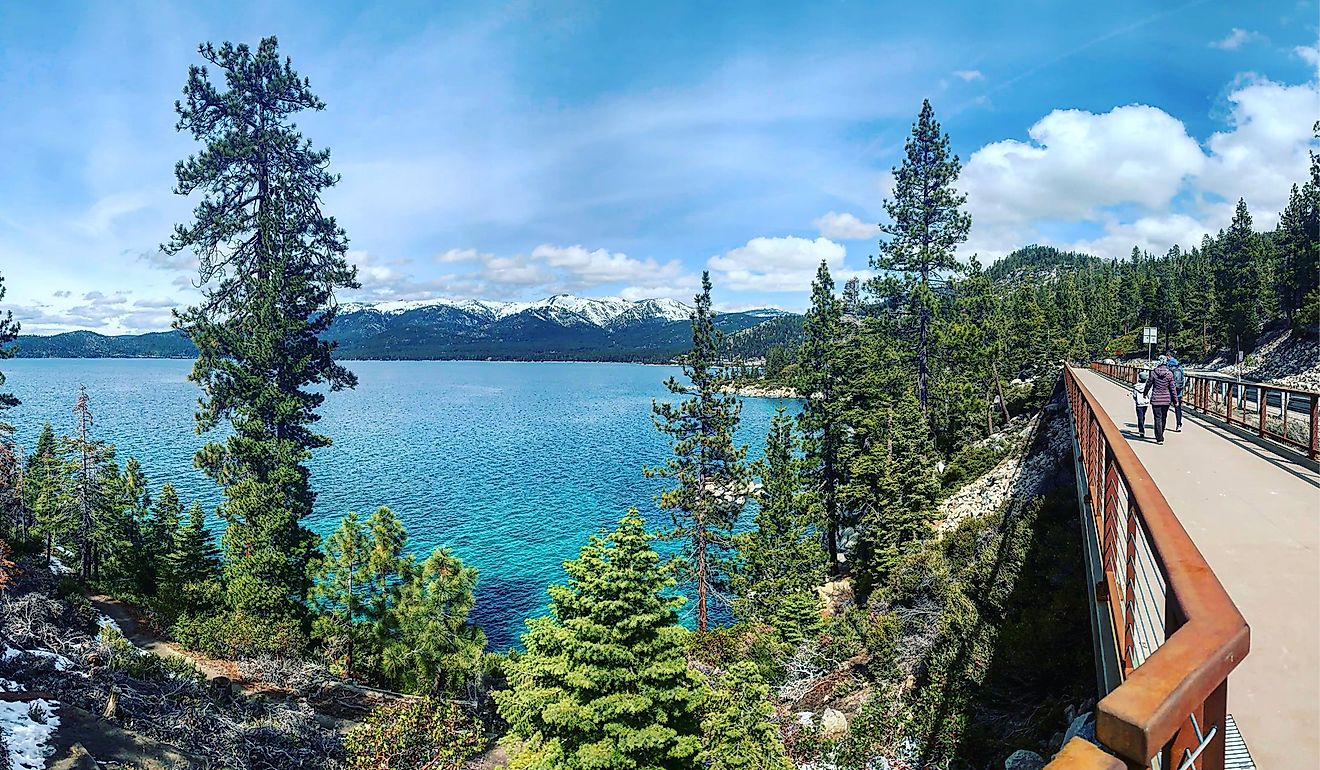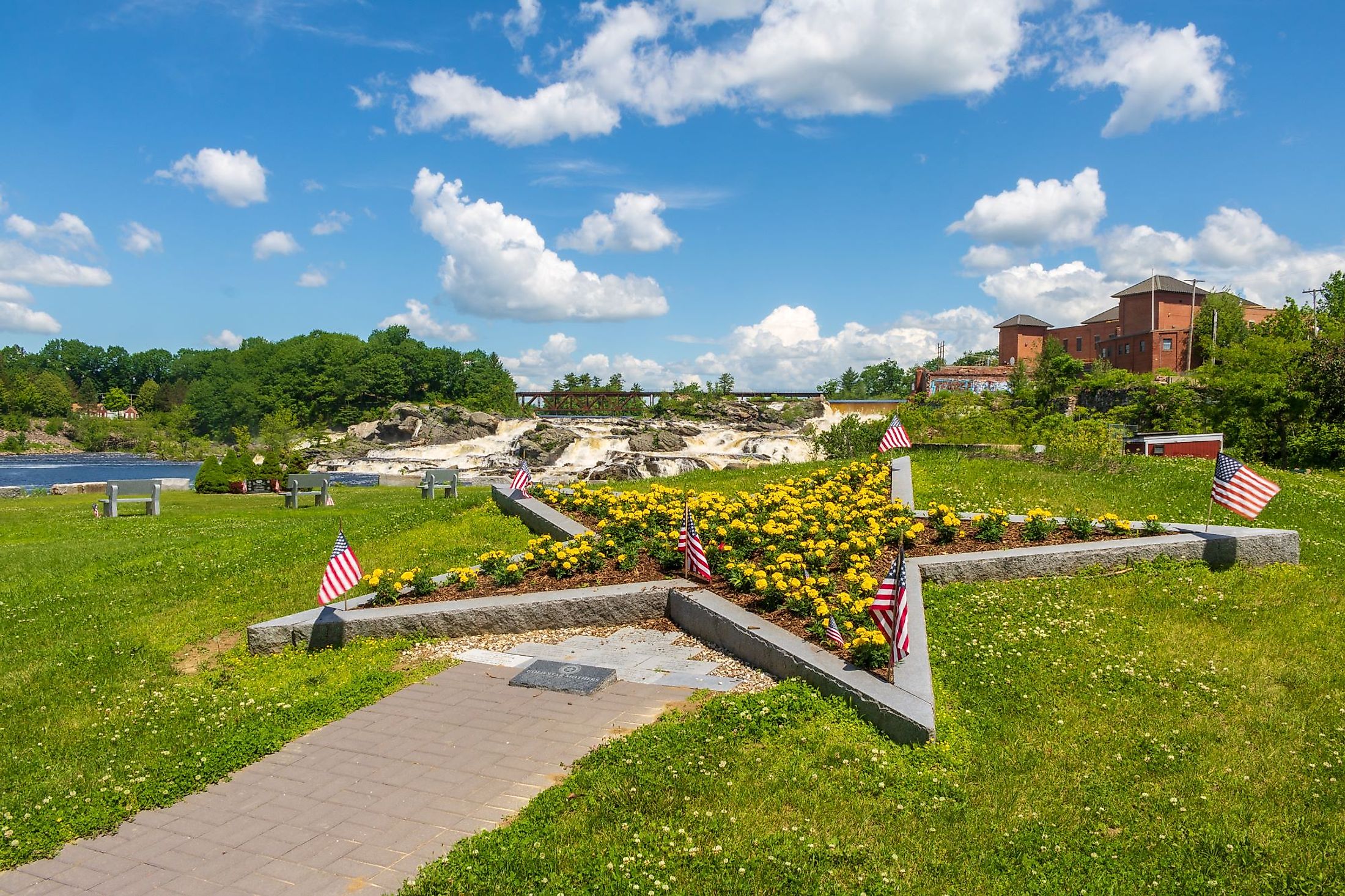
Lewiston, Maine
Lewiston is the second-largest city in the US State of Maine that forms the heart of Androscoggin County. The city is situated approximately midway between the state capital Augusta and the state's largest city Portland. Lewiston is home to the country's largest French-speaking population.
Geography And Climate Of Lewiston
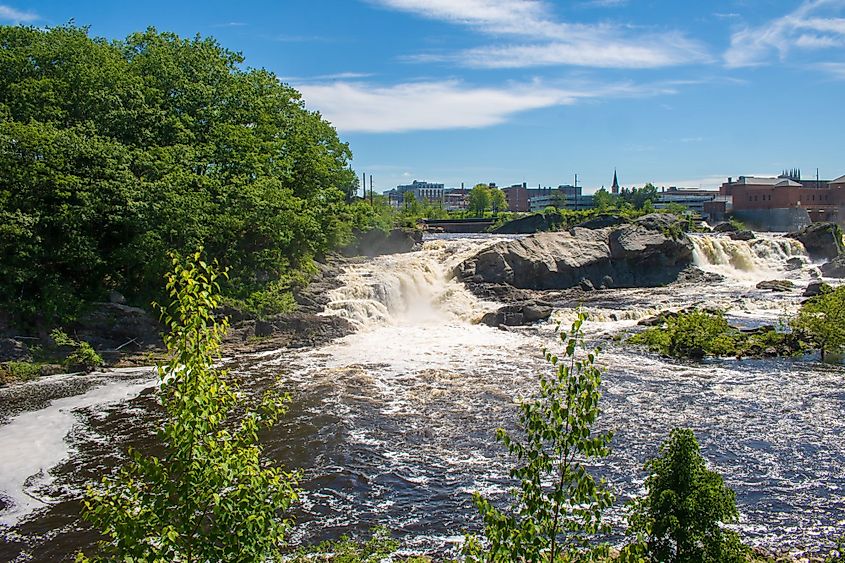
Located on the eastern banks of the Androscoggin River, Lewiston covers a total area of 92.05 sq. km, of which 3.60 sq. km is occupied by water and 88.45 sq. km is occupied by land. The town of Auburn is situated on the river's western banks, and both Lewiston and Auburn are often referred to as the Twin Cities. The forests that provided much of the building material for Lewiston in centuries past are mostly gone and have been cleared to make farmland. Lewiston is on the I-95 Highway and is connected to Augusta and Bangor to the north and Boston to the south. The drive from Boston to Lewiston is just under 140 miles.
Situated just 40 miles inland from the Atlantic Ocean, Lewiston experiences a humid continental climate. Summers are usually short, warm, and humid, while winters tend to be very cold, long, and snowy. Lewiston averages 74 inches of snow most years, although this amount of snow can vary greatly from winter to winter. Between late November and late March, most of the precipitation that falls on Lewiston is snow, although rain, freezing rain, and sleet can also occur during the winter season. Lewiston's summers are typically mild but not extremely hot temperatures, although high humidity can make the temperature feel more uncomfortable.
Brief History Of Lewiston
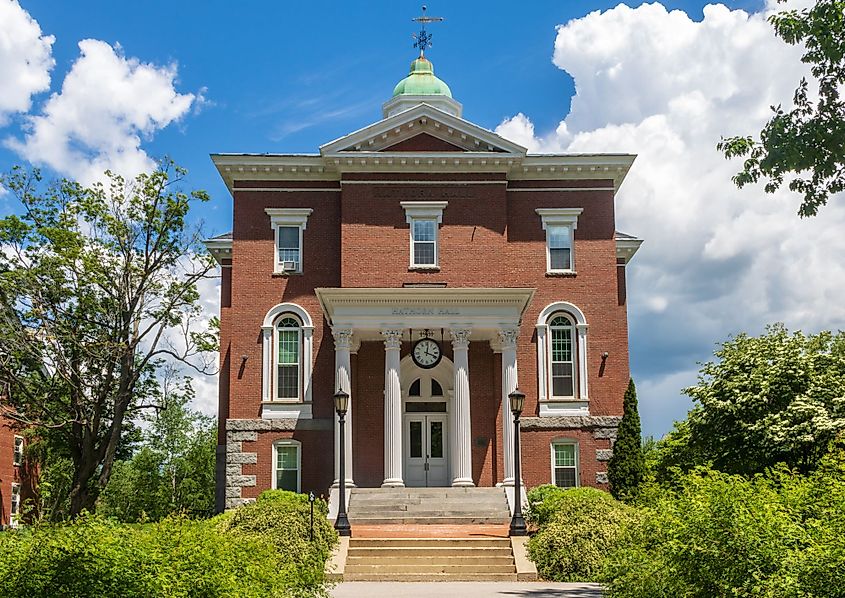
When Europeans first arrived, they came into contact with the local indigenous people, the Androscoggin. During the 17th century, Androscoggin was among the first Indigenous Americans to make contact with European settlers in Maine. Tensions soon arose over land use and hunting. Epidemics of infectious diseases brought by the settlers devastated the Androscoggin, and to escape these hardships, the Androscoggin started migrating to New France. By 1680, the Androscoggin had been entirely driven out of Maine.
From the late 18th century onwards, the area became slowly occupied by families from Quebec who were attracted to the abundance of land and economic opportunities. The townsite was incorporated as Lewistown in 1795. The availability of local hydro-power from the Androscoggin River made the town appealing to industrialists and manufacturers. The growth of the Boston Railway and the work of Benjamin Bates, a textile developer, gave rise to fast economic growth that rivaled neighboring Massachusetts centers such as Cambridge, Worcester, and Concord. This expansion of business activity attracted thousands of families from Quebec to the area for jobs. Lewiston’s population grew from 1,801 in 1840 to 21,701 in 1890. In 1855, the Maine State Seminary was founded; this institution grew to become New England's first coeducational university and one of the first universities to admit Afro-American students before the Emancipation Proclamation. Lewistown became associated with the liberal arts and was incorporated as "Lewiston" in 1864. More recently, in May of 1965, Lewiston hosted a heavyweight title rematch between Muhammad Ali and Sonny Liston at the Androscoggin Bank Colisée, the largest hockey arena in the area. The fight was the scene of the famous photograph of Ali standing over Liston, taunting him with his glove.
The Population And Economy Of Lewiston
Almost a third of Lewiston’s residents trace their family heritage back to French-Canadian immigrants who moved to the area in the 19th century for jobs in the city’s manufacturing and construction sectors. People of Irish and English descent comprise about 20% of the population. According to survey data gathered in 2000, English was the first language for 73% of Lewiston’s citizens, while 26% spoke French. Between the years 2000 and 2010, the population of Lewiston declined slightly due in part to the departure of industrial employers for other, more profitable parts locations. In 1940, the city’s population was almost 41,000. A 2020 census revealed that the population had declined to just above 37,000.
As settlers established themselves in the area, Lewiston became a farming center. However, by the mid-19th century, Lewiston's plentiful supply of hydro-power to drive sawmills and factories attracted the interest of investors from Boston. The Androscoggin Falls Dam, Lock and Canal Company was founded in 1836 to erect dams, locks, canals, mills, works, machines, and factories to make cotton, wool, iron, steel, and paper. Lewiston became an industrial center and attracted workers from near and far. Lewiston's Bates Mill No. 1 produced textiles for the Union Army during the Civil War. This mill was Maine's largest employer for three decades in the late 19th century. Railroad construction was vital to the development of both Lewiston and its neighbor, Auburn. In 1849, the Androscoggin & Kennebec railroad, running through Lewiston and Auburn, connected these towns to Waterville and St. Lawrence & Atlantic Railway line between Portland, Maine, and Montreal, Quebec. This rail link was an essential component of the immigration boom that saw thousands of French Canadians come to Lewiston in search of work. These French-speaking immigrants settled in a downtown neighborhood that became known as Little Canada. Lewiston still has a strong Franco-American civic character. The Androscoggin & Kennebec Railroad was constructed by Irish laborers, many of whom joined the Lewiston canal construction crews in 1850.
Attractions In Lewiston
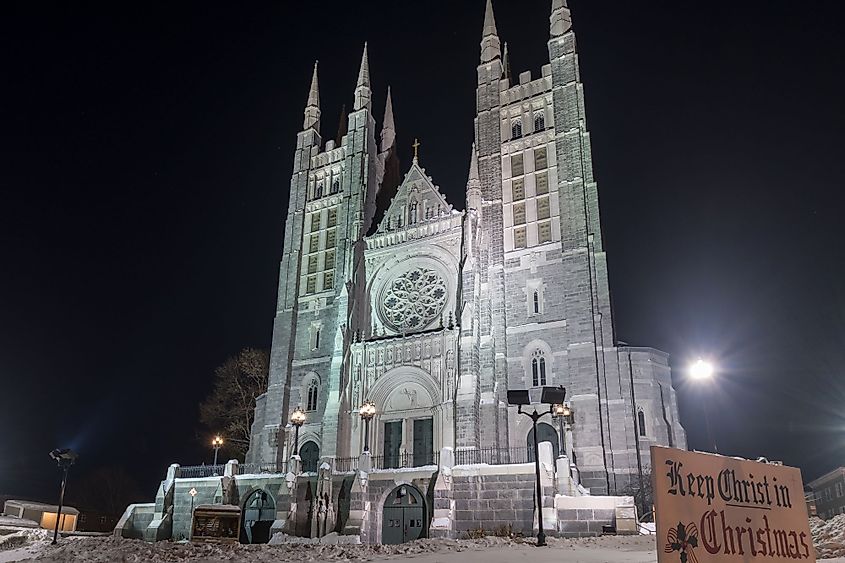
The city hosts many historical sites, outdoor recreation activities, and cultural events. Visitors are welcome to tour the Saints Peter and Paul Basilica - a vast, ornate structure that was constructed during the end of the 19th and beginning of the 20th century as a place of worship for the city’s large Roman-Catholic French-Canadian community. The Androscoggin River provides boating and fishing opportunities within the city’s boundaries. This portion of the river that flows within the city is popular with anglers who fish for northern pike and smallmouth bass. Lewiston hosts a wide range of cultural events such as the Emerge Film Festival in June, the Great Falls Balloon Festival in August, the Festival FrancoFun in celebration of the city’s French-Canadian heritage, and the Liberty Festival on July 4.

